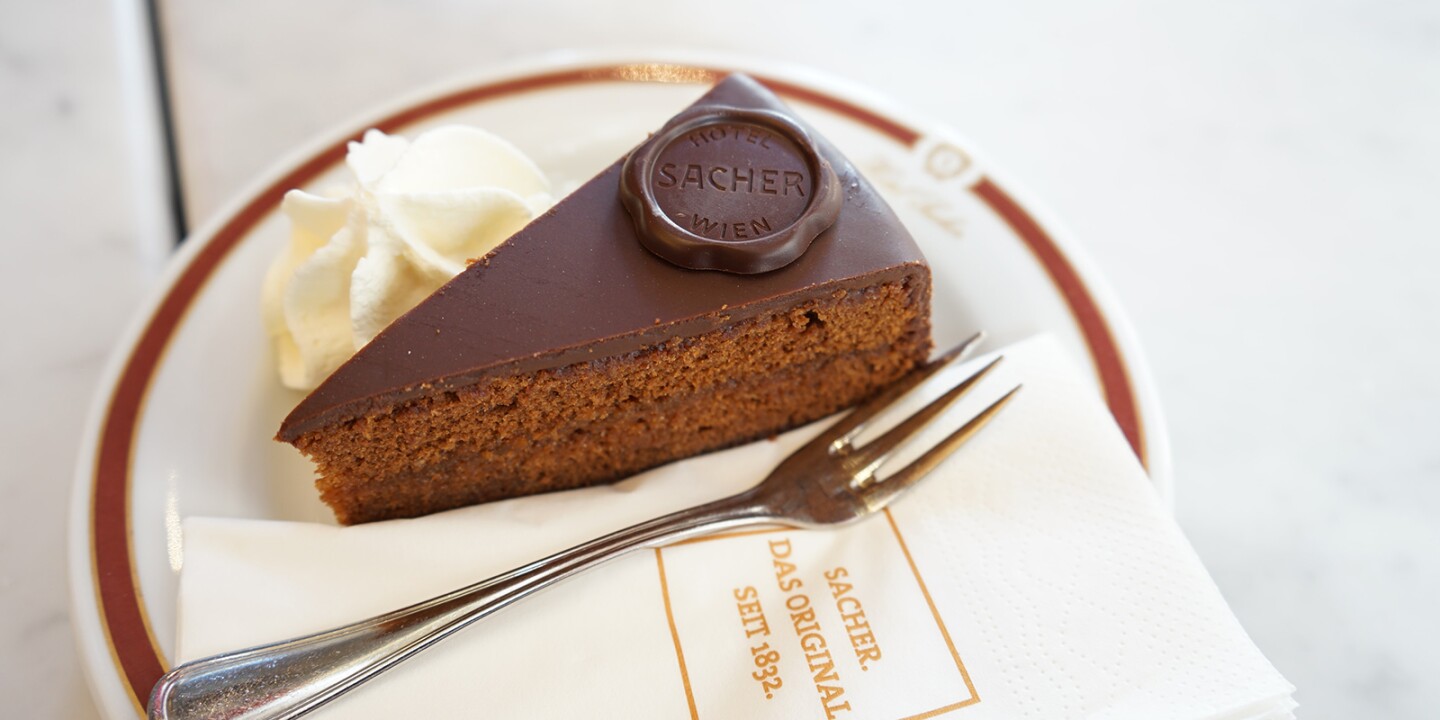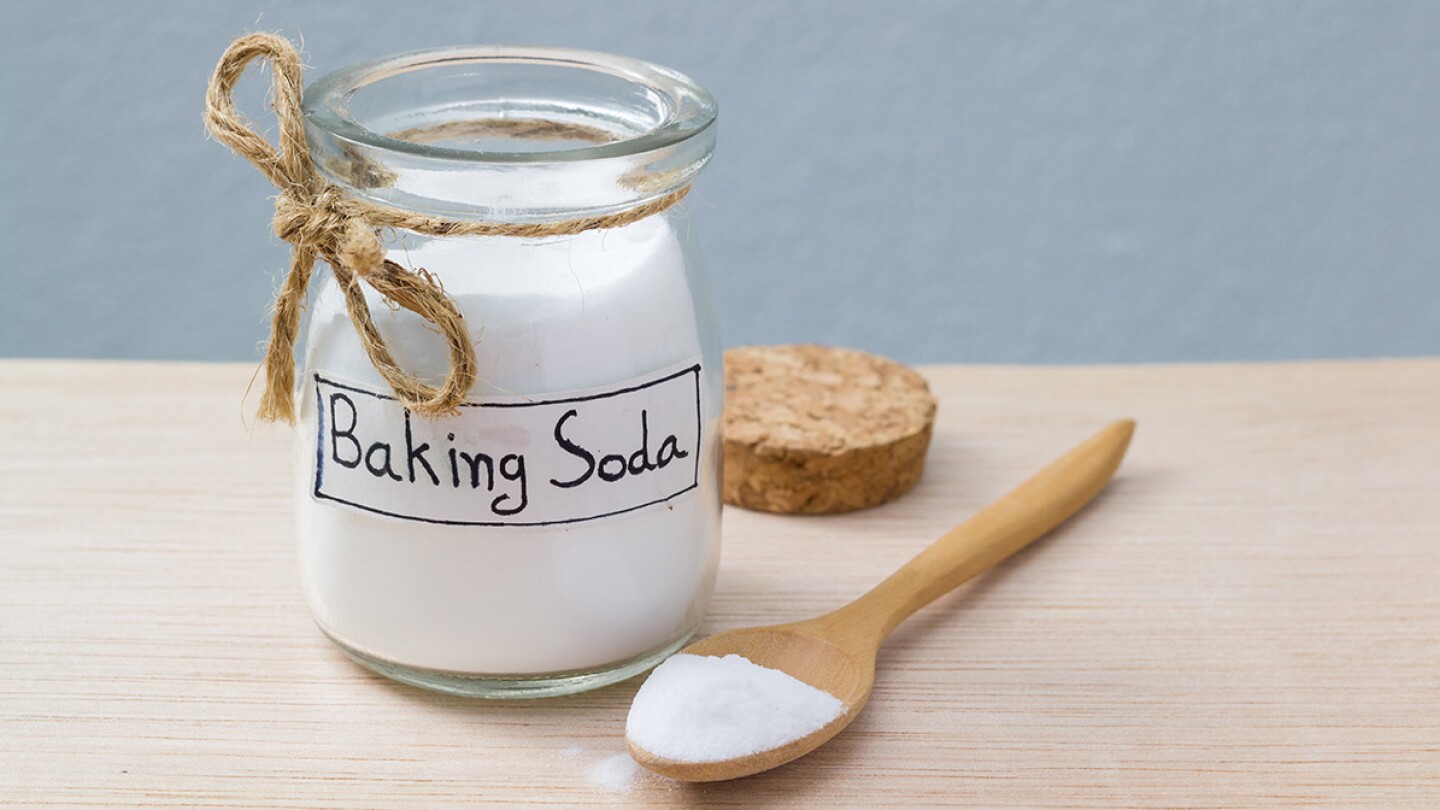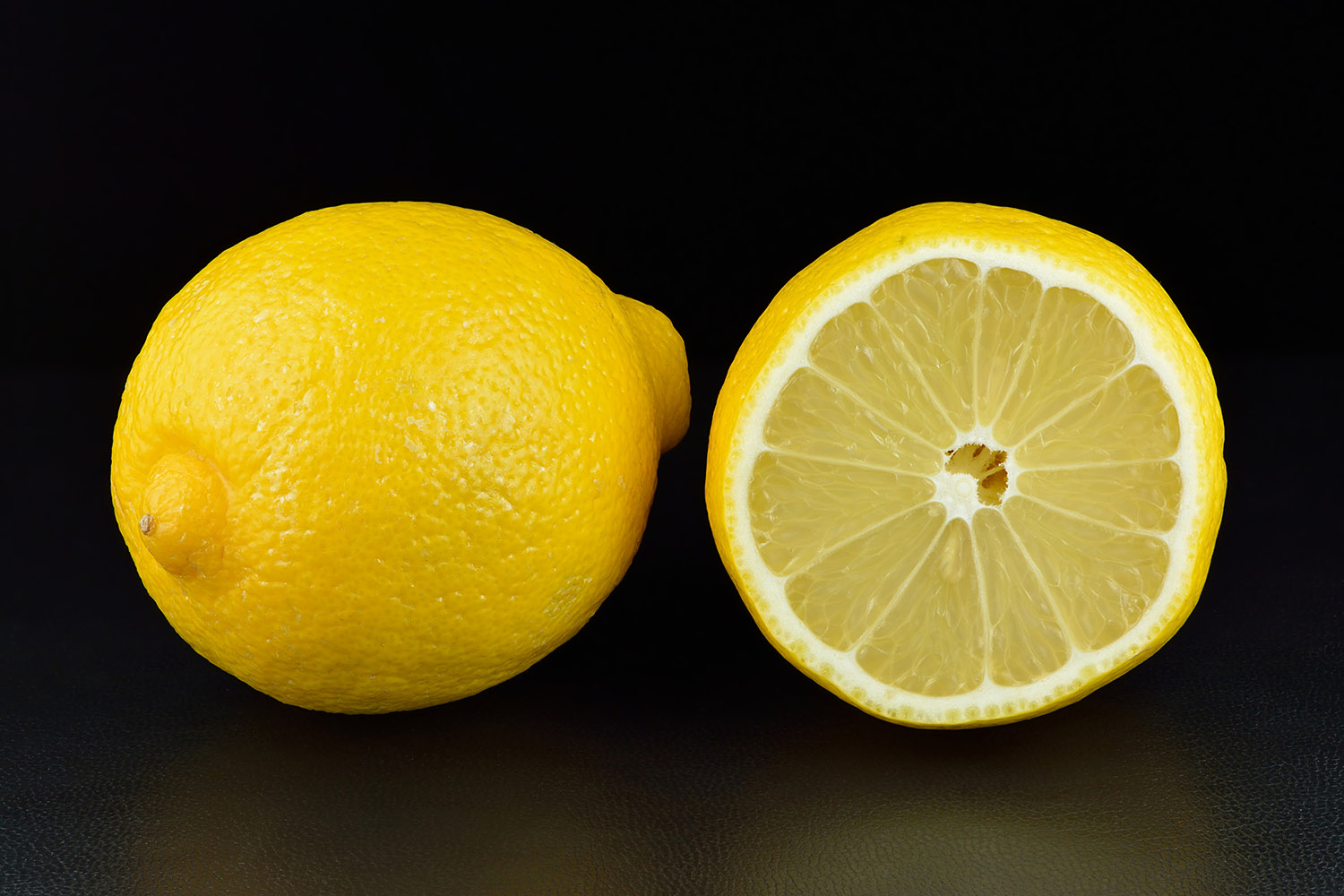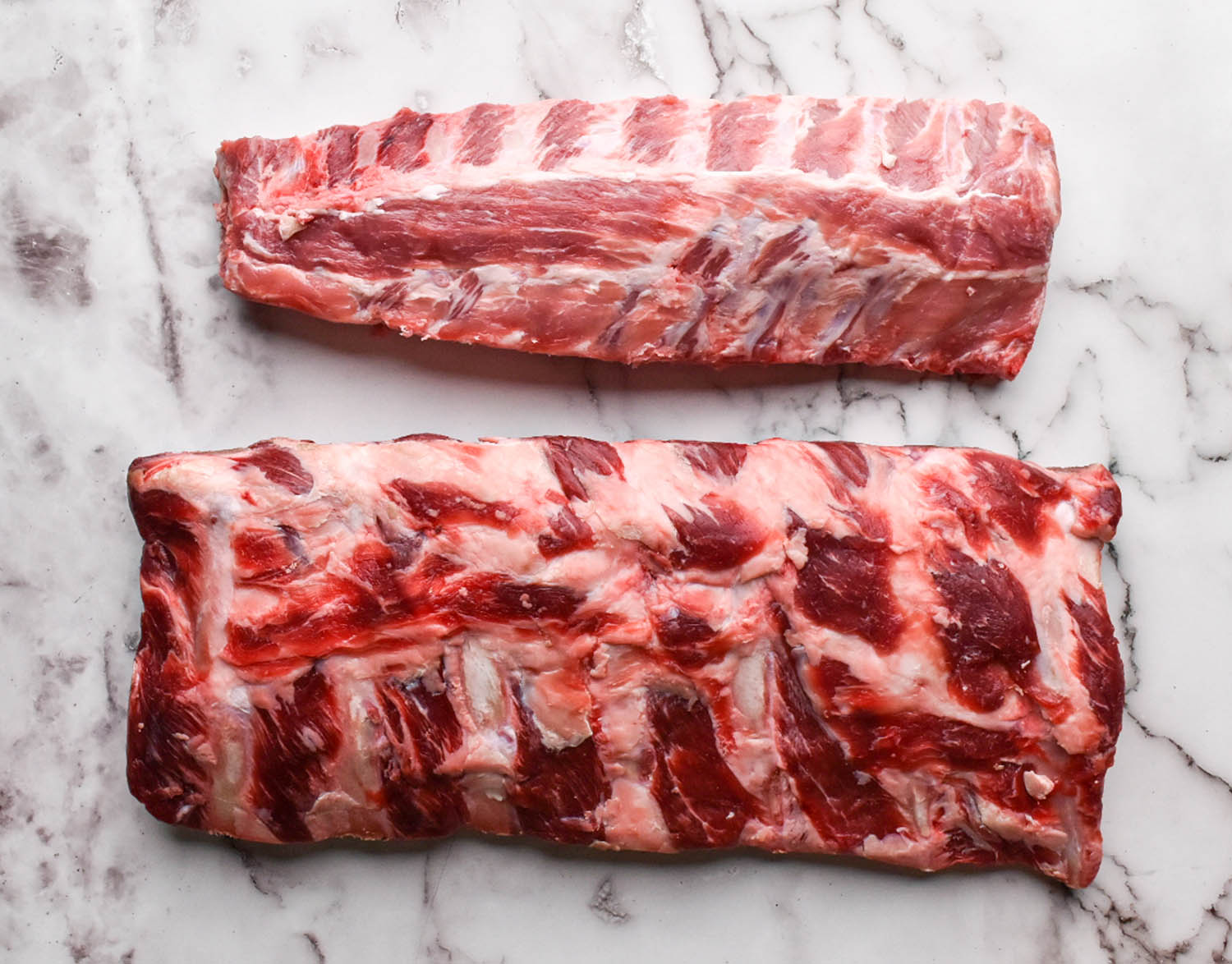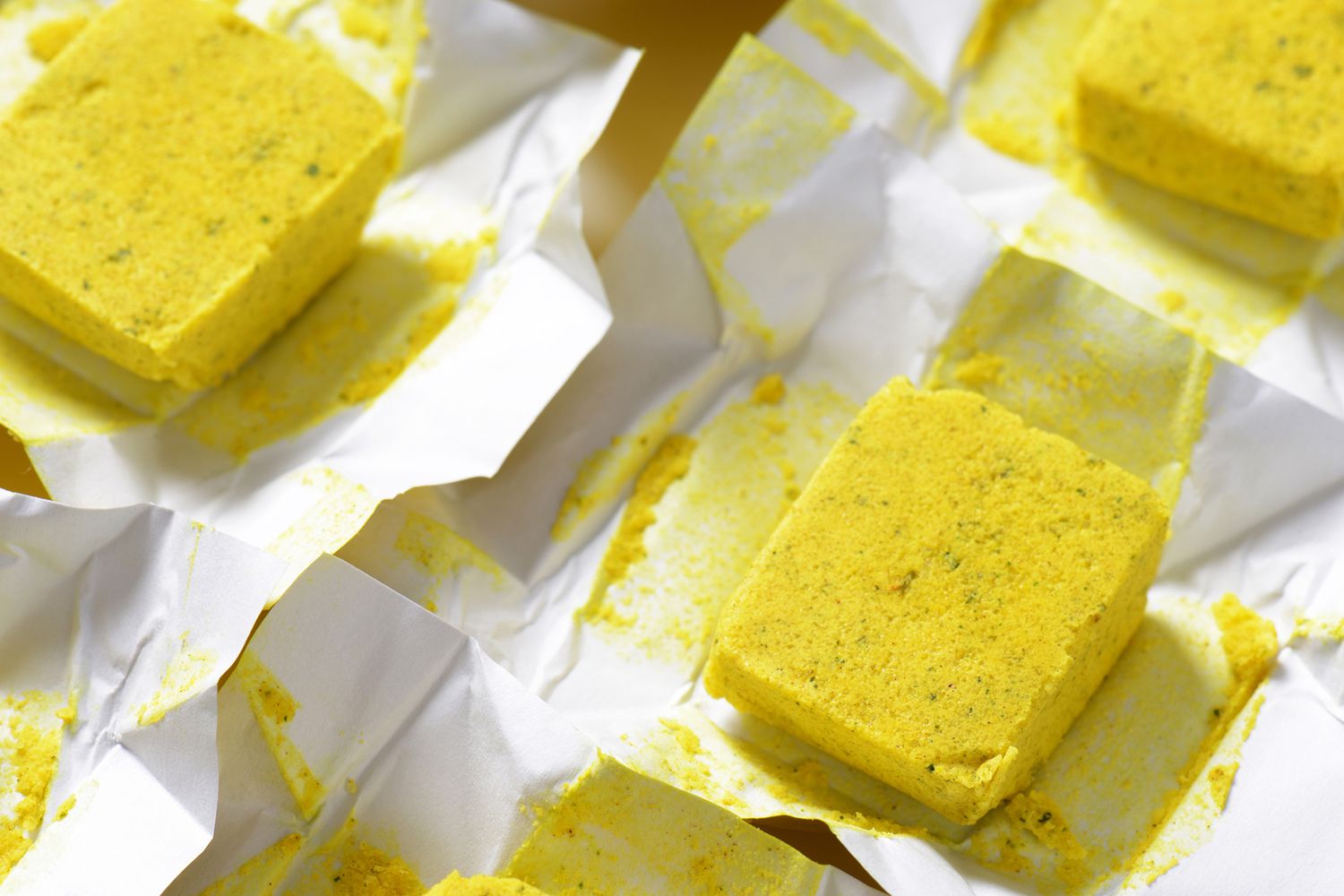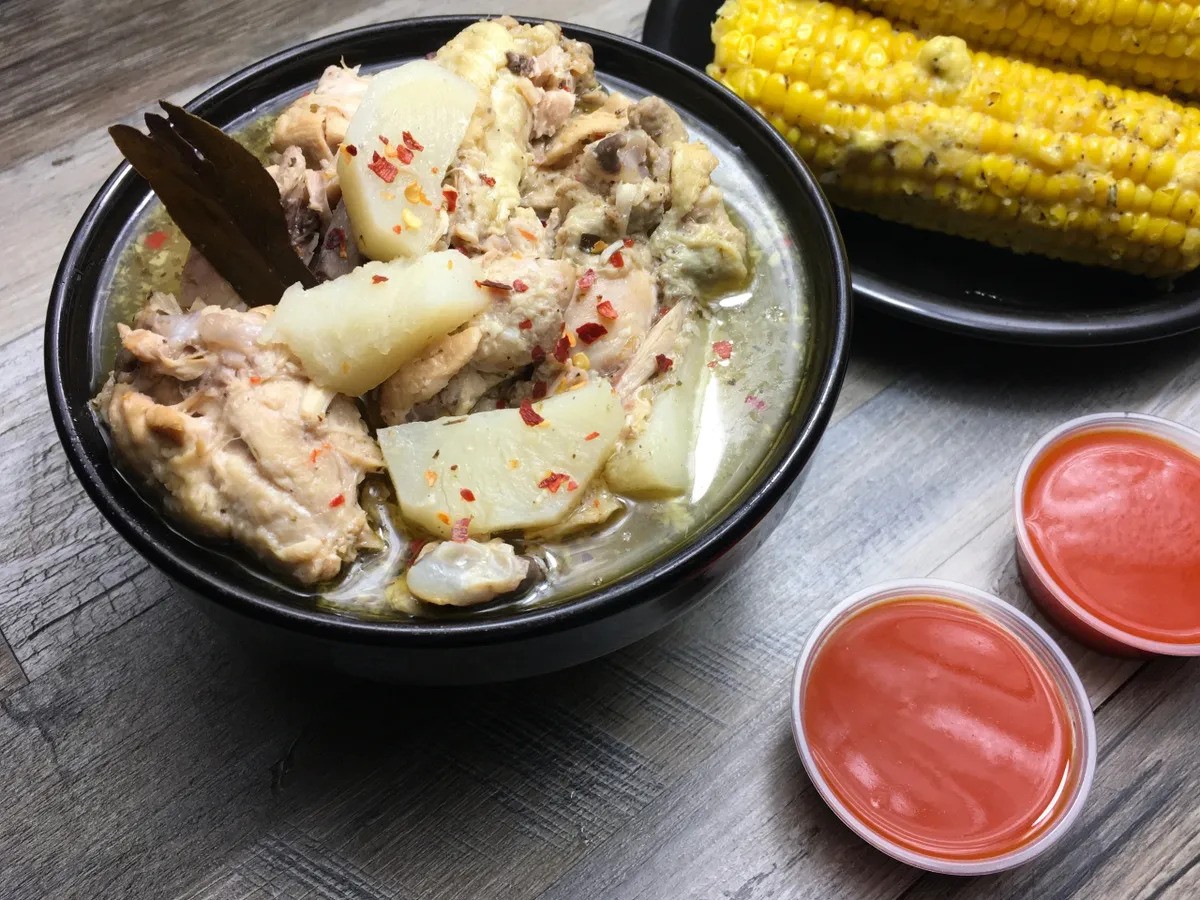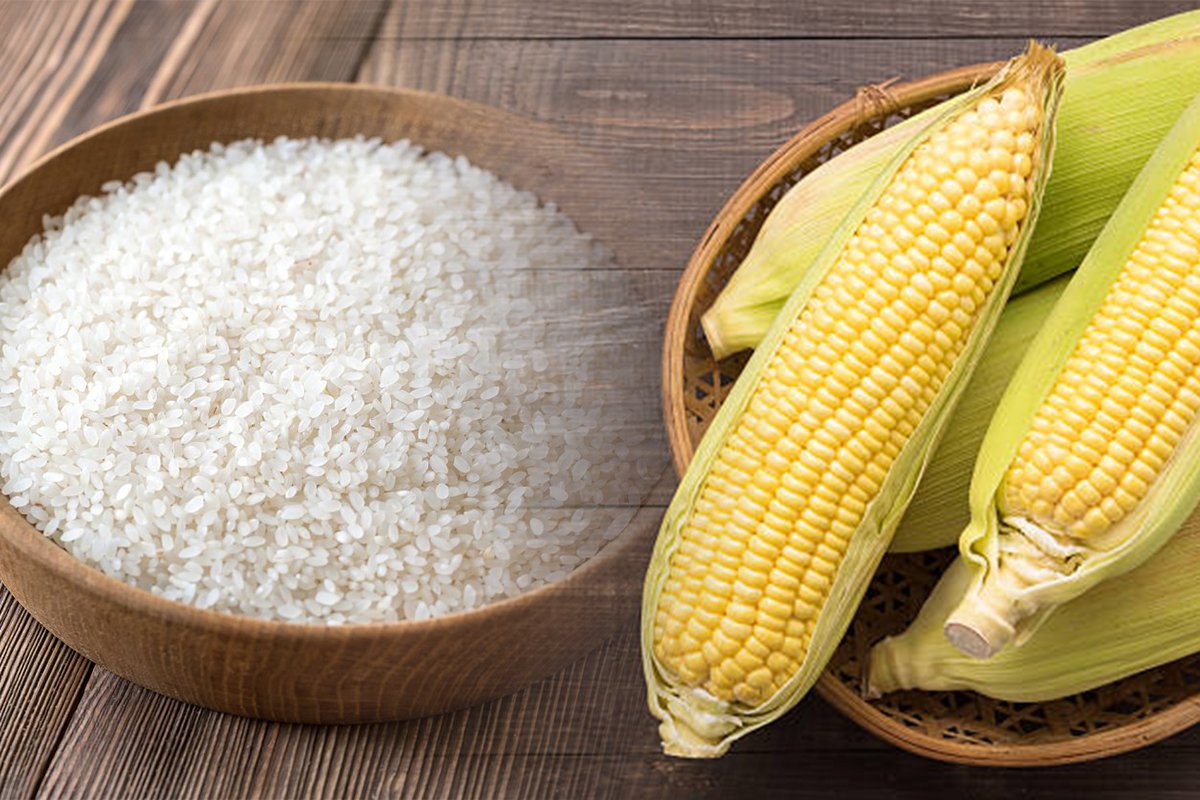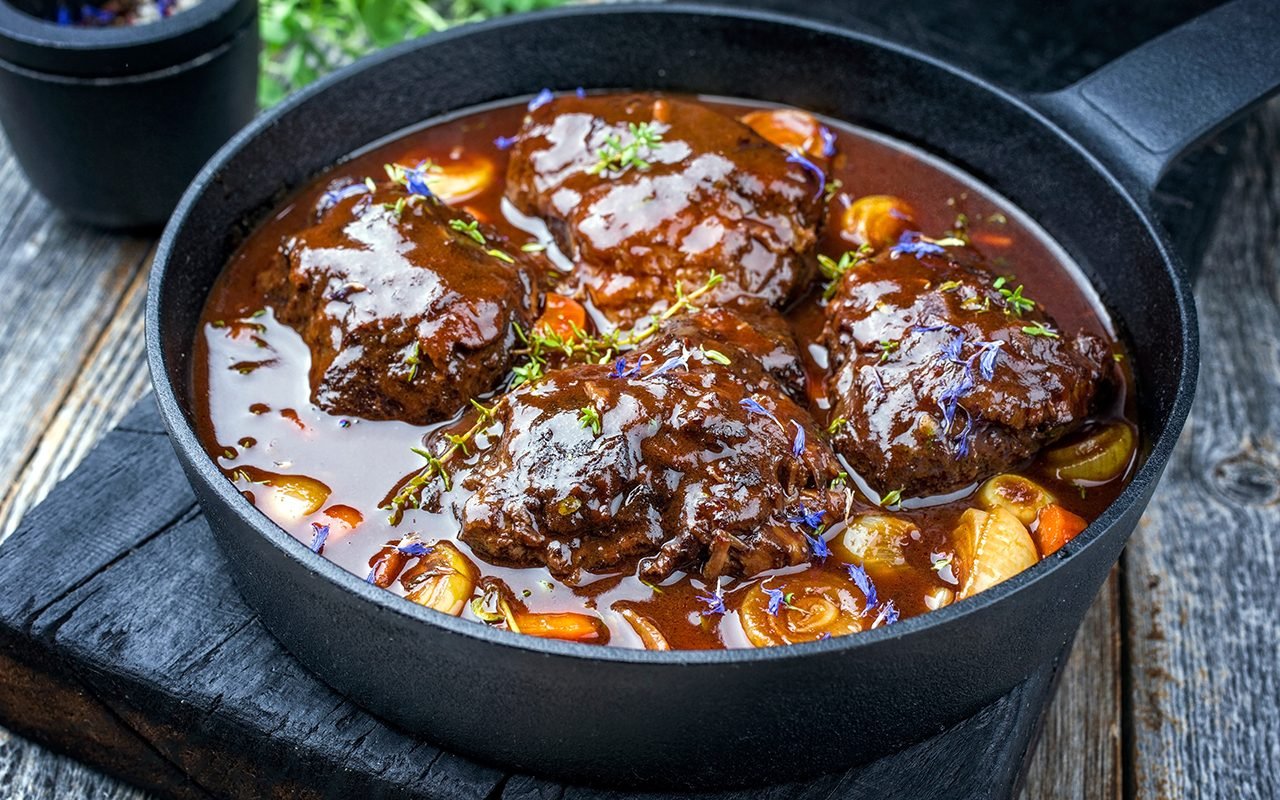Understanding 200 Grams to Cups Conversion
When it comes to cooking and baking, precise measurements are crucial for achieving the perfect outcome. However, it’s not uncommon to come across recipes that use different units of measurement. For instance, you might encounter a recipe that calls for 200 grams of a particular ingredient, while another recipe might specify the same ingredient in cups. If you’re wondering how to convert 200 grams to cups, you’ve come to the right place.
Why Conversion Matters
Understanding how to convert between grams and cups is essential for following recipes accurately. While grams are a unit of weight, cups are a unit of volume. This means that the conversion between the two can vary depending on the density of the ingredient being measured. For example, 200 grams of flour will occupy a different volume than 200 grams of sugar due to their varying densities.
Converting 200 Grams to Cups
When it comes to converting 200 grams to cups, it’s important to note that the conversion will depend on the specific ingredient being measured. Here are some common conversions for popular ingredients:
- Flour: 200 grams of flour is approximately 1 and 5/8 cups.
- Sugar: 200 grams of granulated sugar is about 1 cup.
- Butter: 200 grams of butter is roughly 7/8 cup.
- Water: 200 grams of water is equivalent to 3/4 cup.
It’s important to keep in mind that these conversions are approximate and may vary slightly based on factors such as the method of measurement and the specific brand of the ingredient.
Using a Kitchen Scale
While the above conversions provide a general idea of how 200 grams translates to cups for common ingredients, using a kitchen scale is the most accurate way to measure ingredients, especially when precision is key. A kitchen scale allows you to measure ingredients by weight, ensuring that you achieve the exact amount required by the recipe.
Adjusting Recipes
When converting a recipe from grams to cups or vice versa, it’s important to be mindful of the potential impact on the final result. For instance, using a different measurement unit can affect the texture and flavor of the finished dish. It’s always best to follow the original measurement specified in the recipe whenever possible. If you do need to convert, consider making a small test batch to ensure the desired outcome.
Conclusion
Understanding how to convert between grams and cups is a valuable skill for any home cook or baker. While 200 grams may not always translate to the same volume in cups due to variations in ingredient density, having a general idea of the conversions for common ingredients can be helpful in the kitchen. Remember, when precision is crucial, using a kitchen scale is the best way to ensure accurate measurements.
Next time you come across a recipe that calls for 200 grams of an ingredient, you’ll be equipped with the knowledge to confidently convert that measurement to cups.
Was this page helpful?
Read Next: What Is The Best Brie Cheese?

